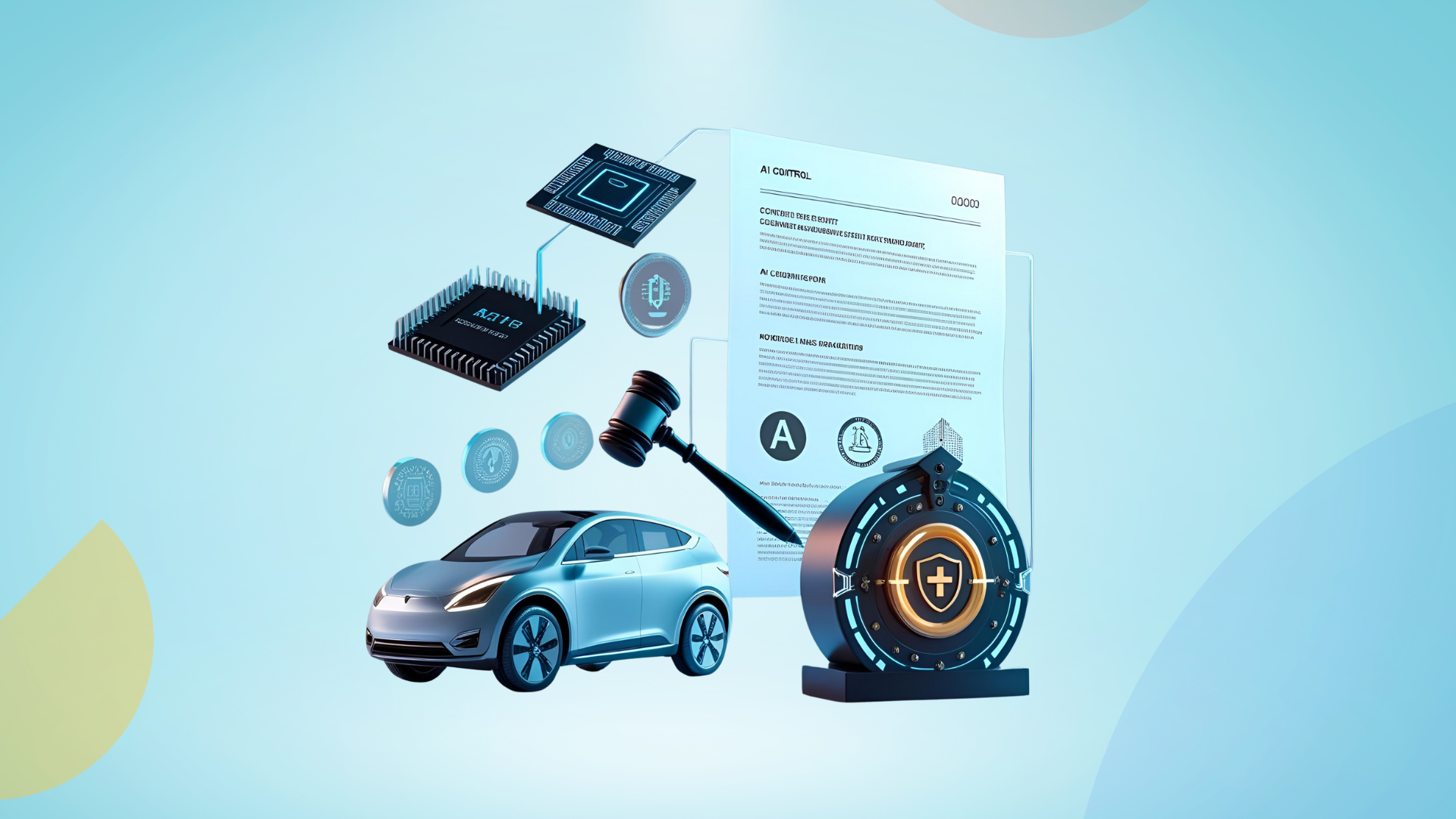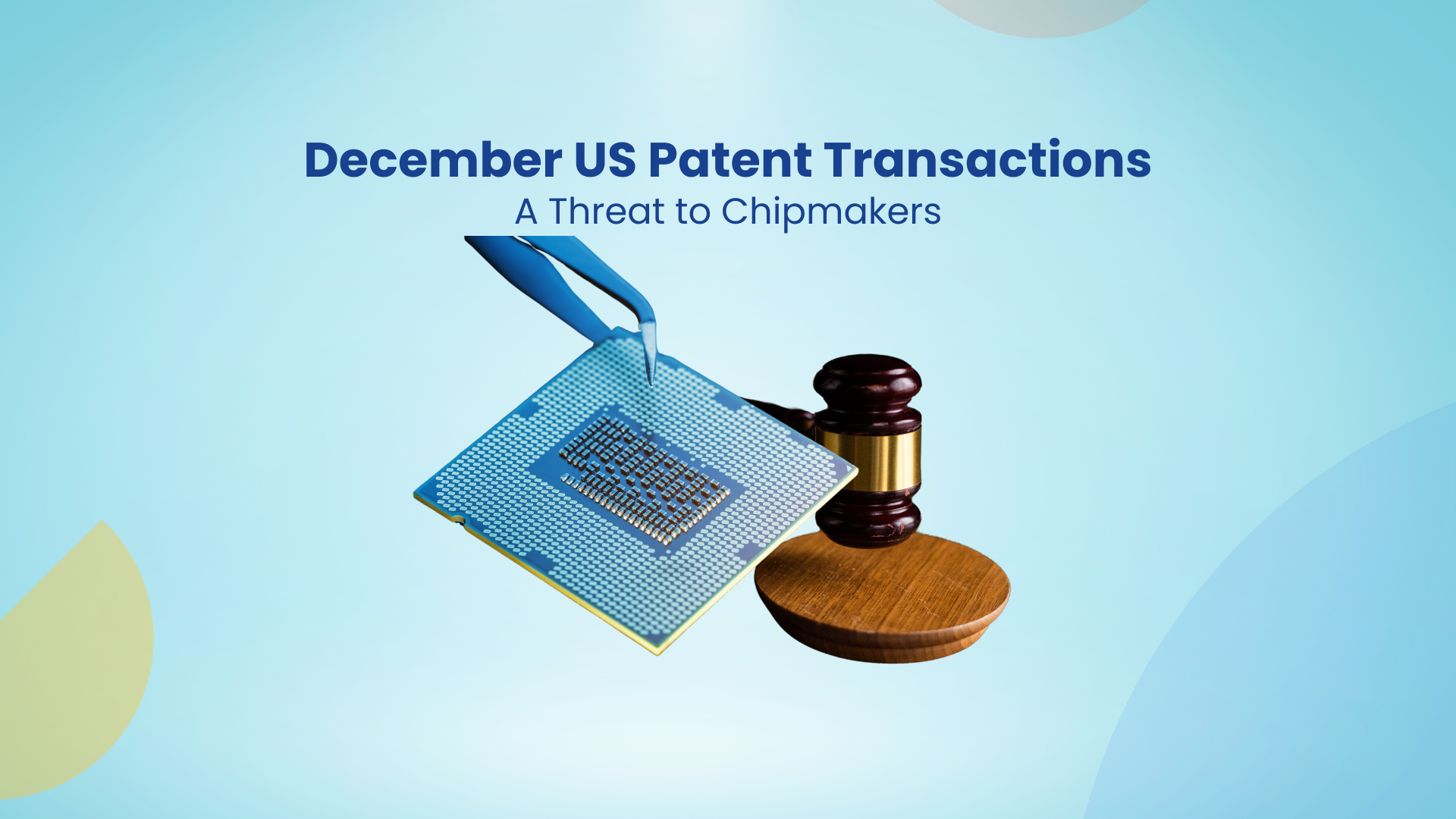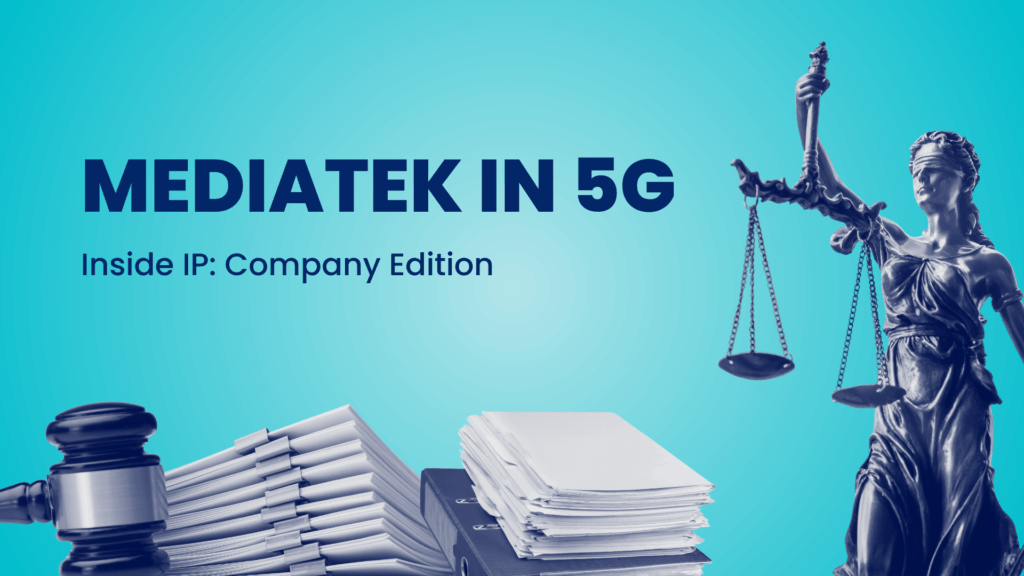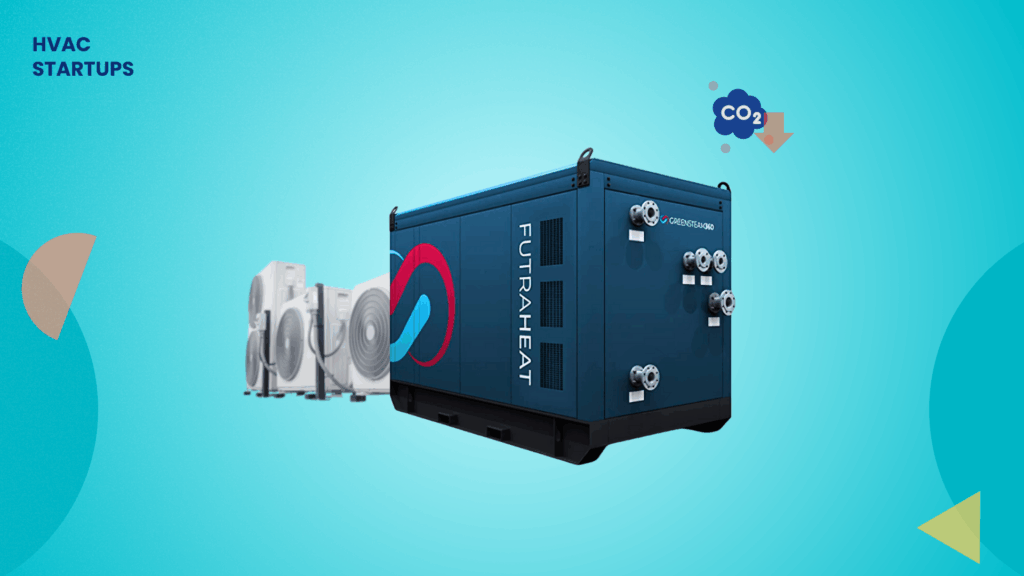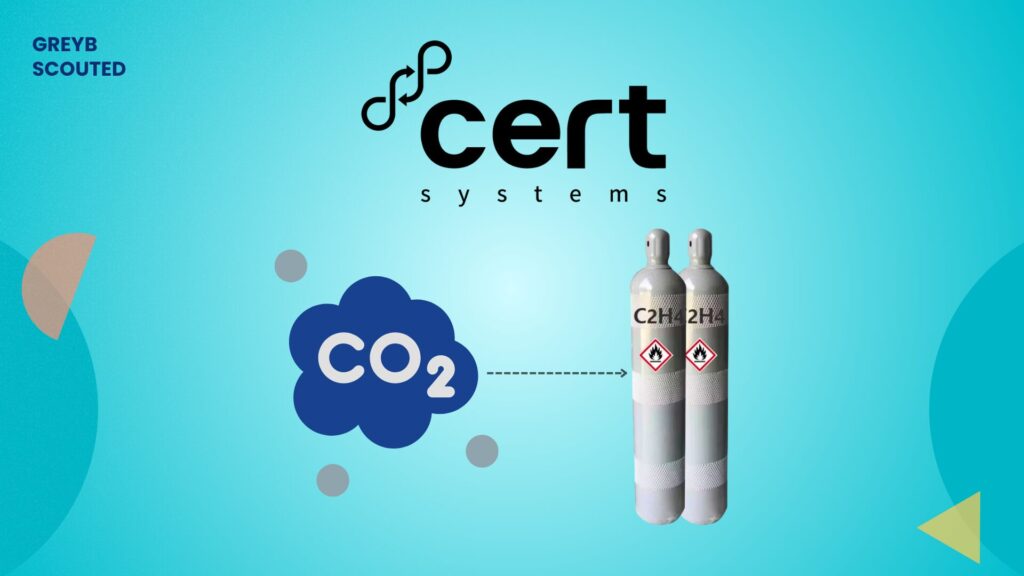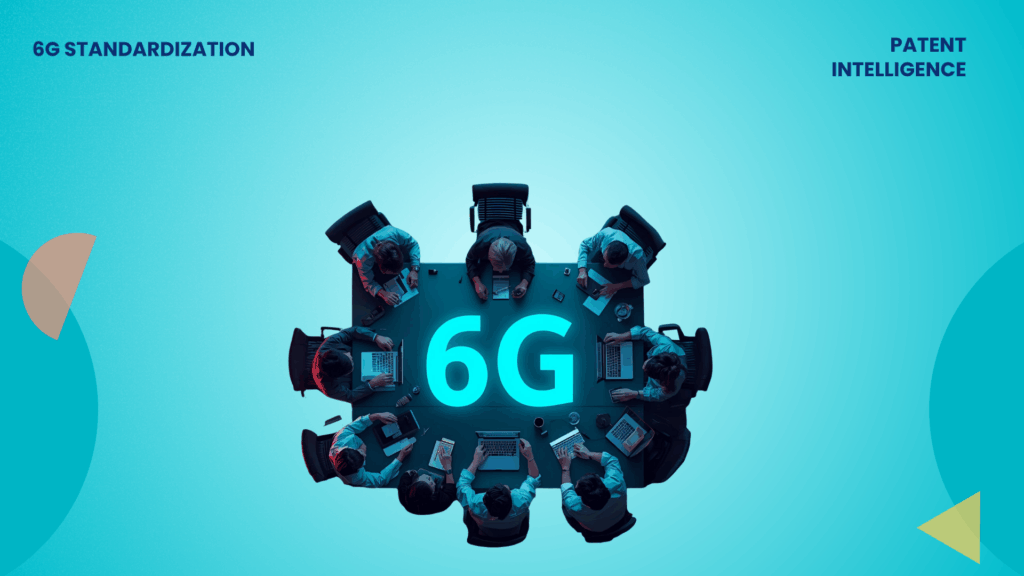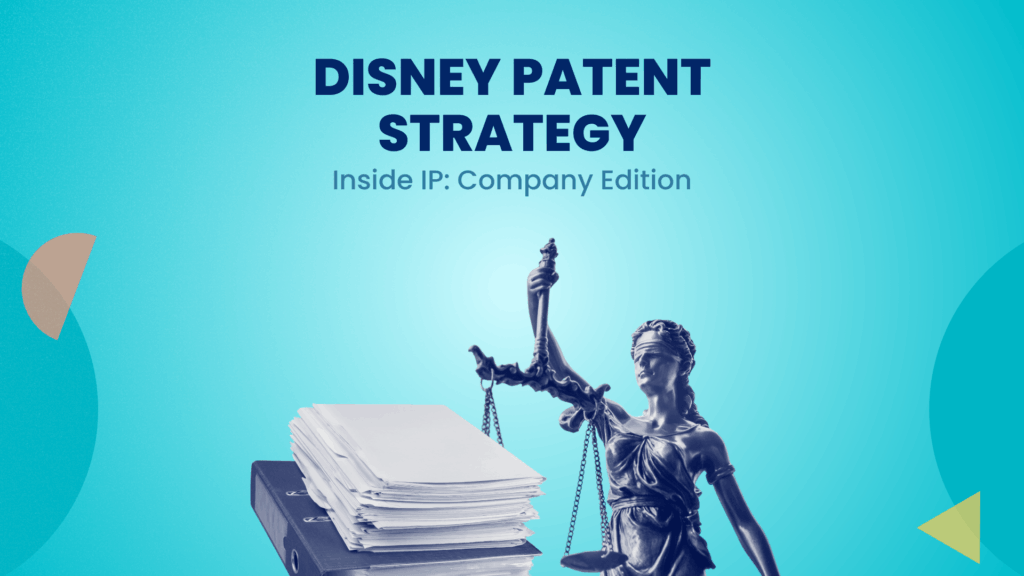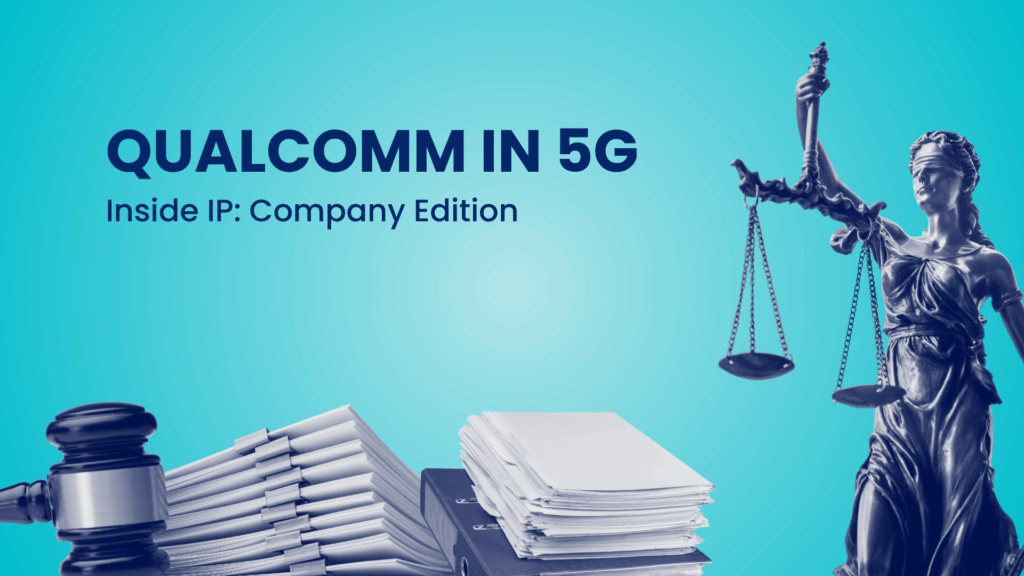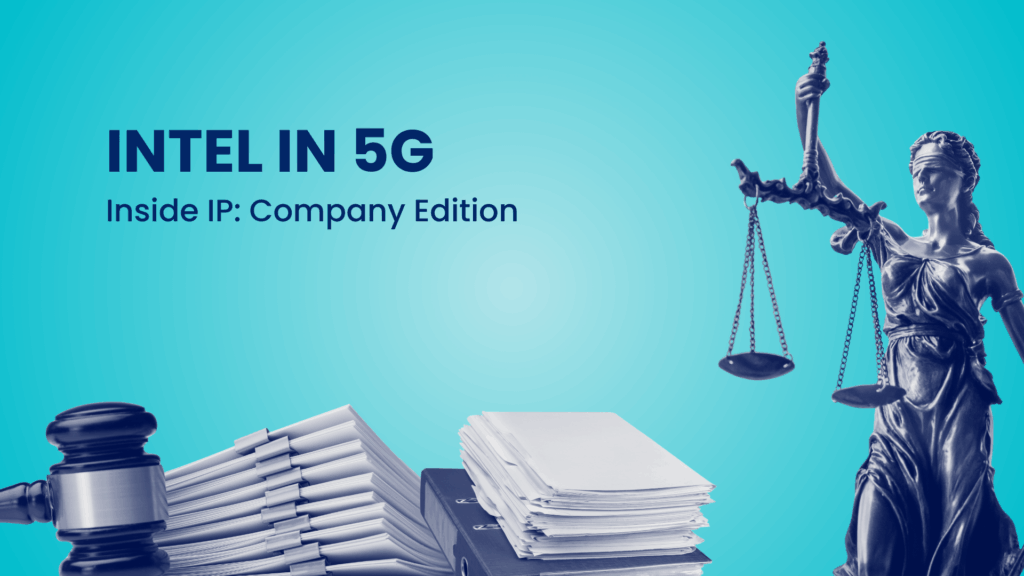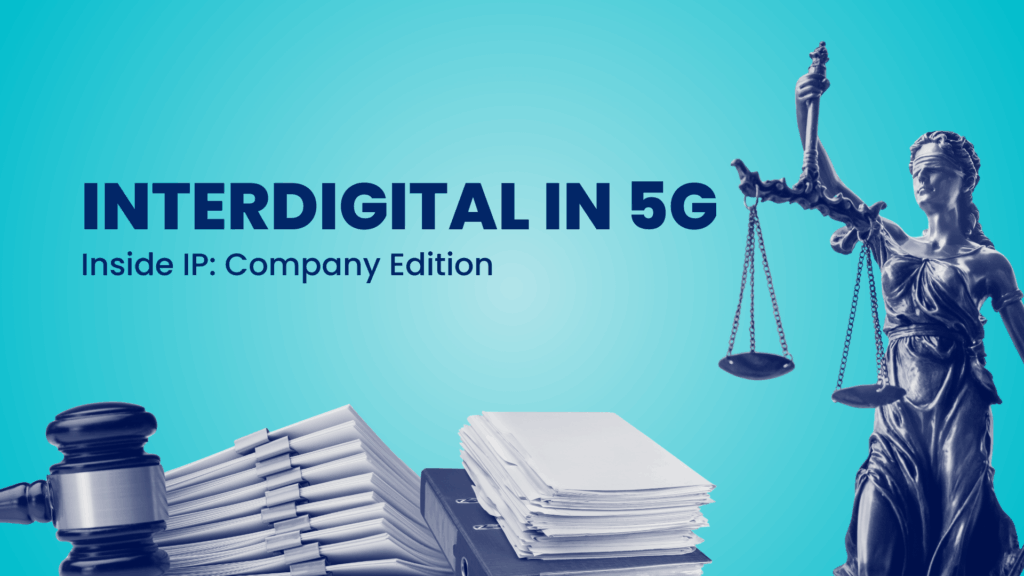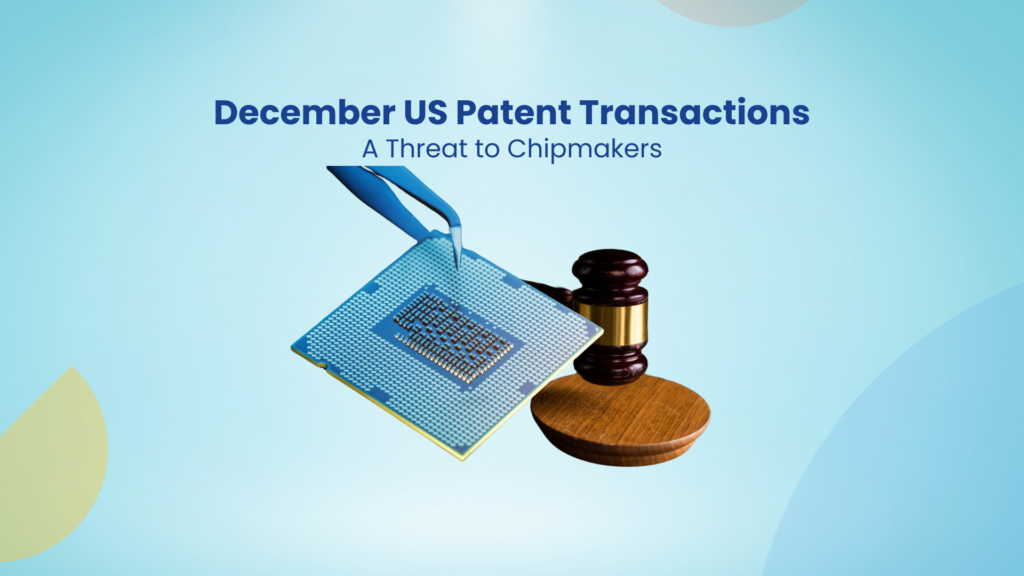Dominion Harbor is known for following up its patent acquisitions with targeted litigation. In past years, it has acquired large portfolios from companies like Avaya and Kodak, leading to high-profile lawsuits against Comcast over VoIP-related technologies. Its recent acquisition through Bunker Hill Technologies is smaller in scale and just as sharp in intent.
In 2025, Dominion Harbor launched Bunker Hill Technologies to focus on the automotive sector. One of its first moves was this highly specific acquisition from Shanghai Langbo Communication Technology Co., Ltd. While the portfolio comprises only 10 US patents, the focused nature of this acquisition suggests a licensing-oriented strategy from the outset. The patents target key V2X building blocks like sidelink scheduling, dynamic resource allocation, and synchronization. They’re also mapped to essential 5G standards, declared as SEPs, and hold value across physical and MAC layers.
Explore our SEP analysis tools and stay ahead of SEP-driven risks.
Let’s see what makes this small but sharp portfolio worth tracking for players operating at the intersection of vehicles and connectivity.
Shanghai Langbo: A Key Player in the Communications Patent Market
Shanghai Langbo Communication Technology Co., Ltd, a small enterprise with 11–50 employees, specializes in the licensing and transaction of communication patents. With a history of successful transactions, Langbo has previously sold patents to major industry players, including OPPO and Apple, and has actively participated in licensing pools, such as Sisvel.
This background establishes Langbo as a key player in the communications patent landscape, offering valuable assets for patent aggregation and strategic monetization.
The portfolio Shanghai Langbo transferred to Bunker Hill Technologies (BHT) includes 10 US patents that are central to the evolving field of V2X communication. The relevance of this portfolio is further underscored by rising interest in V2X technology across the automotive ecosystem. Major Tier 1 suppliers, such as Bosch and Denso, as well as semiconductor firms like Qualcomm and NXP, and original equipment manufacturers (OEMs) like Hyundai and Toyota, are all investing heavily in V2X capabilities.
At the same time, V2X has emerged as a litigation hotspot. Companies like Sensor360 are actively filing lawsuits against industry players, including Alps Alpine, ASUSTek, and Panasonic, all of which involve V2X communication technologies.
10 Key Patents Transferred to Dominion’s Subsidiary – Bunker Hill Technologies
These key patents cover both the physical and MAC layers of V2X networks, adding significant value by protecting the underlying infrastructure as well as the data transmission process.
As the automotive sector increasingly integrates 5G technology with C-V2X, these patents align with 3GPP standards and are formally declared Standard Essential Patents (SEPs), enhancing their licensing and enforcement potential.
| Patent Number | Key Focus Area | What It Solves (Purpose) | Where It Is Used (Use Case) |
| US11006329B2 | Synchronizing uplink and downlink in wireless networks | Helps devices and base stations stay in sync by adjusting signal timing | Used in direct device-to-device (D2D) links and coordination between user devices and base stations |
| US11134508B2 | Resource allocation and scheduling | Allows dynamic prioritization when multiple devices need to communicate | Applied in D2D, vehicle-to-everything (V2X), and ultra-reliable low-latency communication (URLLC) settings |
| US11252738B2 | Handling missed sidelink signals | Ensures devices can still respond when scheduling signals are missed | Useful in V2X setups where feedback is limited to negative acknowledgments (NACK-only) |
| US11405160B2 | Sidelink communication scheduling | Enables efficient ways to assign resources between devices | Supports sidelink use in both D2D and V2X environments |
| US11425587B2 | Managing interference and channel access | Helps devices decide when and how to use wireless channels dynamically | Works in D2D, cellular V2X (C-V2X), and systems using unlicensed spectrum |
| US11638182B2 | Timing and synchronization in sidelink | Improves how devices sync transmission times for better coordination | Used in sidelink setups like D2D or V2X to keep timing aligned |
| US11800509B2 | Improving reliability under missed schedules | Maintains communication performance even when schedule signals are lost | Applied in vehicle-to-vehicle (V2V) or device-to-device (UE-to-UE) scenarios |
| US11871445B2 | Handling emergency traffic | Prioritizes urgent data in sidelink communication using dynamic rules | Useful in V2X, URLLC, and emergency response use cases involving D2D |
| US11909692B2 | Feedback and resource acknowledgment | Enables smarter ways to confirm and manage communication resources | Supports V2X and D2D links where quick resource updates are essential |
| US12101752B2 | Making sidelink scheduling more robust | Improves how devices understand and decode sidelink schedules | Critical in V2X or D2D cases where only negative feedback is available |
The 10 US patents belong to five patent families, which also have around 13 Chinese family members. Additionally, several CN applications are still pending. Given the dual jurisdictional spread, China and the US could be the two primary regions of enforceability for this transaction.
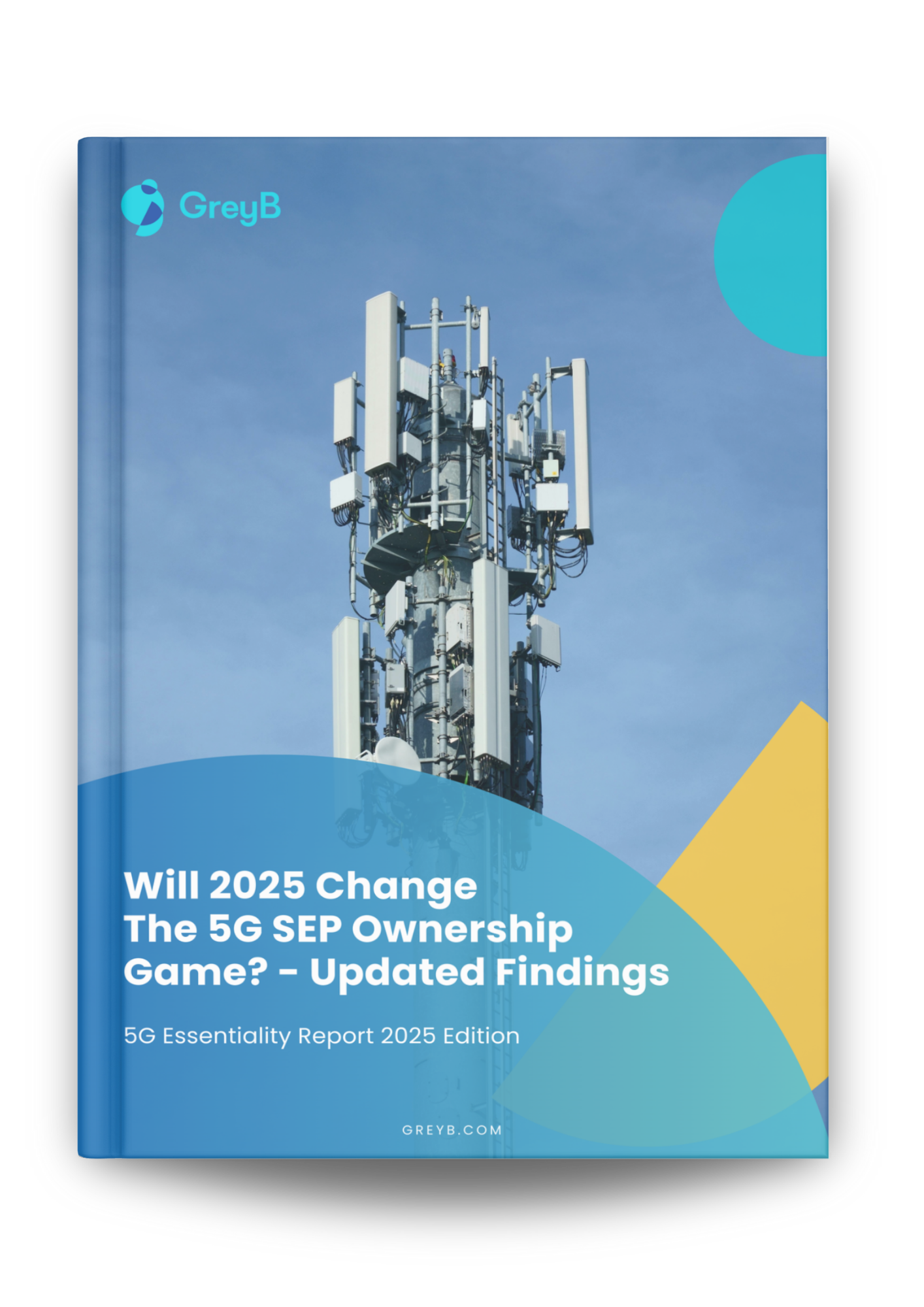
Aligning with 3GPP Standards: Standard Relevance and SEP Declaration of the transferred patents
A further check was performed using our SEP tool, which helps identify mapping details among the clutter. The tool identified that the patents overlap with 3GPP specifications (mostly relevant to the physical layer), such as TS 38.211, 38.212, 38.213, 38.214, 38.300, 38.321, and 38.331.
| Patent(s) | SEP Source | Standard(s) | |
| US11006329B2 | ETSI | 5G | TS 38.331; TS 38.213; TS 38.212; TS 38.211 |
| US11134508B2 | ETSI | 5G | TS 38.331; TS 38.321; TS 38.214; TS 38.212 |
| US11252738B2 | ETSI | 5G | TS 38.214; TS 38.213 |
| US11405160B2 | ETSI | 5G | TS 38.213; TS 38.212 |
| US11425587B2 | ETSI | 5G | TS 38.331; TS 38.214; TS 38.212 |
| US11638182B2 | ETSI | 5G | TS 38.331; TS 38.213; TS 38.212; TS 38.211 |
| US11800509B2 | ETSI | 5G | TS 38.214; TS 38.213 |
| US11871445B2 | ETSI | 5G | TS 38.331; TS 38.321; TS 38.214; TS 38.212 |
| US11909692B2 | ETSI | 5G | TS 38.213; TS 38.212 |
| US12101752B2 | ETSI | 5G | TS 38.214; TS 38.213 |
Who should be watching this portfolio?
V2X technology is particularly relevant to Tier 1 Automotive Suppliers, such as Bosch, Continental AG, and Denso, which are integrating V2X modules directly into vehicle systems. For instance, Bosch has recently emphasized its V2X research efforts aimed at improving traffic safety and supporting automated driving. In a blog on its official page, Bosch mentioned its development of communication technologies that allow vehicles and even e-bikes to exchange safety warnings and support higher levels of automation. (source)
Similarly, this technology is also highly relevant to 5G and Semiconductor Providers such as Qualcomm, NXP, and Intel, which are developing chipsets and platforms for NR V2X communication. Qualcomm, for example, has created C-V2X chipset solutions specifically targeting the needs of connected vehicles, highlighting the semiconductor sector’s growing alignment with V2X technologies.
Finally, Automotive OEMs like Toyota, Hyundai, and GM are deploying connected and autonomous vehicles that rely heavily on V2X-enabled infrastructure. Hyundai, in particular, has recently announced new initiatives focused on V2X technology development, demonstrating the OEM sector’s active investment in this area. (Source).
You may not need these patents. But if they overlap with your current deployments, knowing where and how is essential. A quick risk map of your V2X stack against this portfolio can clarify your negotiation posture early.
At GreyB, we work with IP and licensing teams to evaluate the technical and standards-based relevance of third-party portfolios against real-world products. Whether it’s clarifying SEP alignment, identifying high-risk claims, or supporting licensing negotiations with claim charts and product mapping, our role is to provide grounded, actionable insight so your team can act with confidence, not uncertainty.
If this portfolio intersects with your product roadmap or current deployments, we can help assess the scope and significance before external pressure mounts.
Identify Licensing or Litigation Risks
Fill the Form to Know Where You Stand

